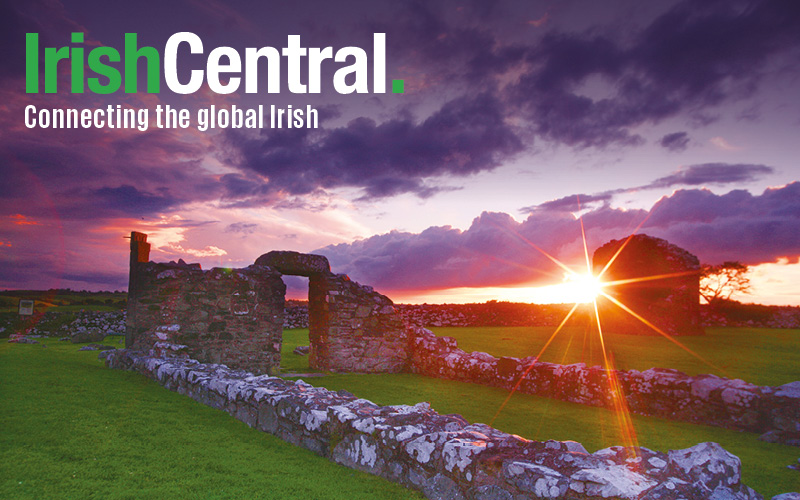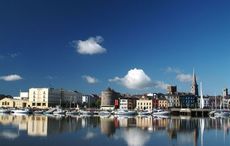No trip to Ireland is complete without venturing into the wild, rugged expanses of Connemara. Chances are good that you'll want to stop at Kylemore Abbey, and if your route heads north after that, you're going to run into one of the most beautiful areas in Connemara: Killary Harbor.
The harbor is a nine mile (16-kilometer) long fjord that cuts through the rugged mountains between County Galway and County Mayo. The mountain Mweelrea, Connemara's highest, towers over the north side of the fjord while twisting, turning roads weave through rocky hills and pastures filled with sheep and separated by old stone walls built generations ago by the families that still work the land.
Killary is deceptively deep – 148 feet (45 meters) at its deepest point. That makes it ideal for shellfish farming, and local farmers are constantly bringing in some of the freshest mussels around. Nets strung for miles along the fjord are used to grow the mussels and clams, and keep an eye out for the trucks set up along the beaches selling their wares. They're also suppliers for restaurants and markets throughout the area, so when you stop in Westport chances are good that your shellfish platter came from right around the corner.
Regular boat tours coast up and down the fjord, and whether you decide to take a tour or if you stay on the shore, it's also likely that you'll see some of the harbor's most exotic residents. A school of dolphins lives in and around the harbor, and typically comes out to greet boats when they're in the area.
Like many places in Ireland, the land around Killary Harbor has its dark past. At one point, the population of Connacht topped more than a million and a half, with people forced westward by the steady march of Cromwell and his armies. Today, you can drive for miles without seeing a home or native soul, but during the first half of the 1800s it was an area known as a Congested District, overburdened with families struggling to survive. Most of the people living around Killary Harbor depended on the humble potato for their livelihood. Look up into the mountains and you can still see the lines and ridges that were made by people who were planting their crops as far up into the mountains as they could, hoping to make use of every piece of arable land that might yield another meal for their families.
The area was particularly hard hit during the 1845 famine, and the population still hasn't recovered the numbers lost during the years of hardship and starvation. Spend some time walking along Killary Harbor and you'll find there's still traces of hardship that the rugged people weathered as best they could. The Killary Harbor Famine Walk is a 6-hour trek along a famine relief road known as the Green Road, built only as a famine relief project and still touching on the now-abandoned famine village of Foher.
Today, there's still only a few pockets of civilization that dot the landscape around Killary. Leenaun sits at the eastern end of the harbor, and Rossroe is nestled near its mouth where the harbor empties into the fickle Atlantic Ocean. Just outside Rossroe is the post-war home of the Austrian-British philosopher Ludwig Wittgenstein. Wittgenstein, who had fought on the front lines of World War One and worked in a London hospital during World War Two, retreated to the solitude of Killary to write after the war years.
Visiting the area around Killary Harbor today, it's clear why he chose this retreat. At a time when the fast-paced world seems overwhelming at times, Killary Harbor has managed to stay untouched by the relentless march onward that has swept away much of the outside world... and that can be a wonderful thing.
What do you think is Ireland's best kept travel secret? Send in your tips to [email protected]
---
Originally from Attica, NY Debra Kelly is a freelance writer and journalist who has seen most of the U.S. during her travels. Ready for something new, she's now living in the wild hills of Connemara with her husband and plenty of animals. She is a frequent contributor to Urban Ghosts, Listverse and Knowledgenuts.




Comments